[Date Prev][Date Next][Thread Prev][Thread Next][Date Index][Thread Index]
Reply to: [list | sender only]
Re: Questions about CIF files
- Subject: Re: Questions about CIF files
- From: "Bollinger, John via cif-developers" <cif-developers@xxxxxxxxxxxxxxxx>
- Date: Tue, 27 May 2025 18:21:50 +0000
- Accept-Language: en-US
- ARC-Authentication-Results: i=1; mx.microsoft.com 1; spf=passsmtp.mailfrom=stjude.org; dmarc=pass action=none header.from=stjude.org;dkim=pass header.d=stjude.org; arc=none
- ARC-Message-Signature: i=1; a=rsa-sha256; c=relaxed/relaxed; d=microsoft.com; s=arcselector10001;h=From:Date:Subject:Message-ID:Content-Type:MIME-Version:X-MS-Exchange-AntiSpam-MessageData-ChunkCount:X-MS-Exchange-AntiSpam-MessageData-0:X-MS-Exchange-AntiSpam-MessageData-1;bh=Khynl8SY3fFxyFOQXCHvyFAo4LFkkaai2shh24dExgo=;b=iefOXMrux7jZ4YfIVHoVVvR0GXqyocWdJ6qXcsi+5ldCPcwIJp4tEqrn8BrelaDQgPhRXEeyunYeb/ve/bZpQj/tnAwzoN6QRLv4CgcgL6w19n72MJXjfK/I1UuiAfYzpJ4tVr9IZUVU1Ba4QtuTO8c7HNOg/ZDBIPbZOnnCwaucfIhNoO8F6idBkWD9cjh+KzrwdZZvexBYAm+oSQ43bOqxnqBnGyNdPryTS9lfD4ik2yxmiZhJUBroRlaa9PDY3eywmGZ/zgAMHDt1yfGvNVVdAs3noI4R9gZrWIRDMz7iV6mwqBUVcpv+EAIuoBSDiCcYA7ECU27wb2mXOsOk/w==
- ARC-Seal: i=1; a=rsa-sha256; s=arcselector10001; d=microsoft.com; cv=none;b=f8eSU4Cu8FNKfONghZ2Tdjmb9b9D43oiSd/3Vm4wTVSg0tP+ufnr+bsNK9GNTxhmcX4+fwW02bSEPiols1jgDnEITE8F78zHIHPSWS1HZAD2Ae2L8Gjgg7HiU0h88UJtPoNR+PwcytanabrMR8tlIPPJxYOwCIGwaAFWTR336WMuPKAHXY3WjZCIrj0ssmO8tvs5bK2hy/dNawThObt86eEuza1JZ6nDLJyXJDD0HIBx+2S6MSxD35v3/nEf4fB/S2Qk5FdhnOGB8rALE15tJSyubsMy0xx425k5UgYkjzToMFPmt/h5+q8QpCWPXFeeZvXkwzkLrvsfuSyGwgMXvg==
- Cc: "Bollinger, John" <John.Bollinger@xxxxxxxxxx>
- DKIM-Signature: v=1; a=rsa-sha256; c=relaxed/relaxed; d=iucr.org; s=mailman;t=1748370120; bh=RFI9ELKpzcZbCU3zij/CAKewnZrgQgzDQQ3DFDaTCG0=;h=To:Subject:Date:References:In-Reply-To:List-Id:List-Unsubscribe: List-Archive:List-Post:List-Help:List-Subscribe:From:Reply-To:Cc: From;b=g5PU9WsgO5r868A9nGtejgaDUxUCQuJPPyr8/YoudNBW5sYOYeWTBQ25BniHpnYZP 0AG1J98foJjkeF/si1XrIg/J58uoDPYdvJ+e674nVBRgzPALRmZIediMFB7gEqb/jd zlys0trPusKmtSGtK9+8F07Fv1pF/eSlikhANbSpNDthxYLz93NInDmSwW2rkasFjs ViwZWxCL/bVK6wutBFcKKWt+U156aQipOqRQhYs9wzPbB8leqJlU2+Y8FbDVo9Nh1p ccYbWUQi09gXV74DVYkzXiMl0pyen7p8I0hHFwBVHJUt3AjxYH1EkU7fs1l3W3MPqJ d/uh6VVwZxwWQ==
- DMARC-Filter: OpenDMARC Filter v1.3.2 mailserver.iucr.org 382015A17F4
- In-Reply-To: <[email protected]>
- References: <[email protected]>
|
Hello S�bastien,
Welcome to the group!
Let me start by speaking to your interpretation of the paper and accompanying CIF:
The paper describes an experiment in which a solid-state, bimolecular chemical photoreaction was followed in situ by a time-resolved x-ray diffraction experiment. Each data block in the main CIF presents a model of the crystal structure at one time point during
this reaction, so these are best characterized as *time* steps, not *reaction* steps. The authors do not claim to have tracked transient chemical structures along the reaction coordinate, but rather transient physical orientations and conformations within
the mixed (reactants, products) crystal. THIS IS NOT A REACTION TRAJECTORY in the sense that I would ordinarily understand that term. Nowhere in there will you find a transition-state structure, nor other intermediate chemical structures. Nothing inherently
prevents representing such transient structures in CIF, but that's not what the experiment in question was looking at.
The authors have modeled the x-ray data at each time point using a whole-model disorder, with the reactants as one component and the products as another. They claim in this way to observe not just the correlated fall of the one and rise of the other, but also
a molecule-scale reorientation of the products relative to the corresponding parts of the reactants, accompanied by a shift in unit cell dimensions. In order to refine these highly correlated disorder components, especially where one is low-occupancy, the
authors have employed a collection of distance and thermal parameter restraints, so the refined molecular geometries will have been strongly influenced by the a priori geometry expectations inherent in those. That will reflect typical equilibrium bond distances
and angles, and / or initial (for the reactants) and final (for the products) geometries.
Use of a disorder model corresponds to an assumption that there is no correlation between which of the disorder components is present at different individual sites (not unit cells) in the crystal. It is random as far as the model is concerned. The model features
for each component reflect an average over all the sites of all the unit cells in the crystal.
Considerations for how to present such CIF data:
If you want to present a rendition of these particular structural data, then it would be most appropriate to present them as a time series. Perhaps that would take the form of side by side renditions of all the models, or perhaps a slide-show style animation
with one after another. For each individual time point, do as you ordinarily would for a disordered structure. If that's not something you already accommodate then there are a lot of examples you could emulate, but for the most part, they present either
isolated disorder components or an overlay of all components. When overlaid, often a color, intensity, or line-style difference is applied to help the viewer differentiate.
With that said, these particular data are somewhat of a novelty. This kind of experiment is very unusual � indeed, the paper claims that it is the first of its kind. There is no convention for a CIF representation of such results, except perhaps inasmuch as
this paper sets a precedent. Although there is ongoing work on defining meanings and uses for multi-block CIFs, general-purpose software is probably best off at this point not making any assumptions about relationships among structures presented in different
data blocks of the same CIF.
That still leaves presenting the structures from such a CIF as a series being a plausible approach. You could also consider provide a UI for the user to select which one(s) to view. In general, overlaying two or more such models is doable, and may be useful
under some circumstances, but doing so reasonably requires being prepared to take each model's distinct unit cell parameters into account.
Other questions:
> Is this interpretation based on the occupancy field correct ?
Approximately, as already discussed. You can find a precise, human readable definition of this item and many others in the relevant CIF dictionary:
https://www.iucr.org/resources/cif/dictionaries/cif_core
Some knowledge of crystallography terminology and practice is helpful in understanding that.
> If that is the case then is there any other information in the CIF file that would help me separate atomic coordinates other than the occupancy ?
The
_atom_site_disorder_group item would be more appropriate for separating disorder components within any given data block.
> Also it this type of CIF file common ?
It is relatively common for one CIF file to contain multiple structures, each in its own data block. But using that to convey a time series of related structures is rare, at best. That seems a natural enough use of the general feature, but the CIF you're
looking at may be the first example ever of using it in that particular way.
Best regards,
John Bollinger
-- John C. Bollinger, Ph.D., RHCSA Scientist & Senior Scientific Computing Engineer Department of Structural Biology St. Jude Children's Research Hospital
From: cif-developers <[email protected]> on behalf of S�bastien Le Roux via cif-developers <[email protected]>
Sent: Tuesday, May 27, 2025 4:54 AM To: [email protected] <[email protected]> Cc: S�bastien Le Roux <[email protected]> Subject: Questions about CIF files
Caution: External Sender. Do not open unless you know the content is safe.
Hello everyone,
my name is S�bastien Le Roux: https://www.ipcms.fr/sebastien-le-roux/ I am the developer of the atomes software: https://atomes.ipcms.fr/ Among other things atomes can be used to read CIF files, and recently a co-worker of mine came across an example case that got me thinking, and I would really appreciate your advise to know what to do. Here is the paper, and the corresponding CIF file I am asking your opinion about: https://journals.iucr.org/paper?S0108768105034014 The CIF contains several set of atomic coordinates, that corresponds to a chemical reaction, that is a transformation of configuration of a molecule in the same crystalline structure, space group, etc. Each configuration describing a step in this chemical reaction, with the proportion of each conformation being described by the occupancy field, or at least that is what I understand and want to figure out. I would like to ask you opinion to know I understand this correctly. Assuming that is correct and if I consider the CIF file as as trajectory describing the chemical reaction, then to build this trajectory, for each set of atomic coordinates, I would need to: - build a crystal respecting the proportion (occupancy) of each conformation - build a (super)crystal large enough to so that even the lowest occupancy would lead to a cell being filled. - ensure that the size of the crystal is the same for each step, and therefore that the lowest occupancy in the overall CIF file dictate the size of the final crystal. I would really appreciate your opinion of this, since I am not familiar with this kind of CIF files. Is this interpretation based on the occupancy field correct ? If that is the case then is there any other information in the CIF file that would help me separate atomic coordinates other than the occupancy ? Also it this type of CIF file common ? (so far I tried unsuccessfully to find other examples to verify my hypothesis). Finally, and on a different subject, would you know what to do to add atomes to the visualization tools that can read CIF files, on this page: https://www.iucr.org/resources/cif/software Thanks in advance for your help. Best regards. S�bastien Le Roux
Email Disclaimer: www.stjude.org/emaildisclaimer Consultation Disclaimer: www.stjude.org/consultationdisclaimer |
_______________________________________________ cif-developers mailing list [email protected] https://mailman.iucr.org/cgi-bin/mailman/listinfo/cif-developers
Reply to: [list | sender only]
- References:
- Questions about CIF files (=?utf-8?q?S=C3=A9bastien_Le_Roux_via_cif-developers?=)
- Prev by Date: Re: Questions about CIF files
- Next by Date: Request for comment on review of CIF-aware crystallographic packages
- Prev by thread: Re: Questions about CIF files
- Next by thread: New dictionary: multiblock CIF
- Index(es):

